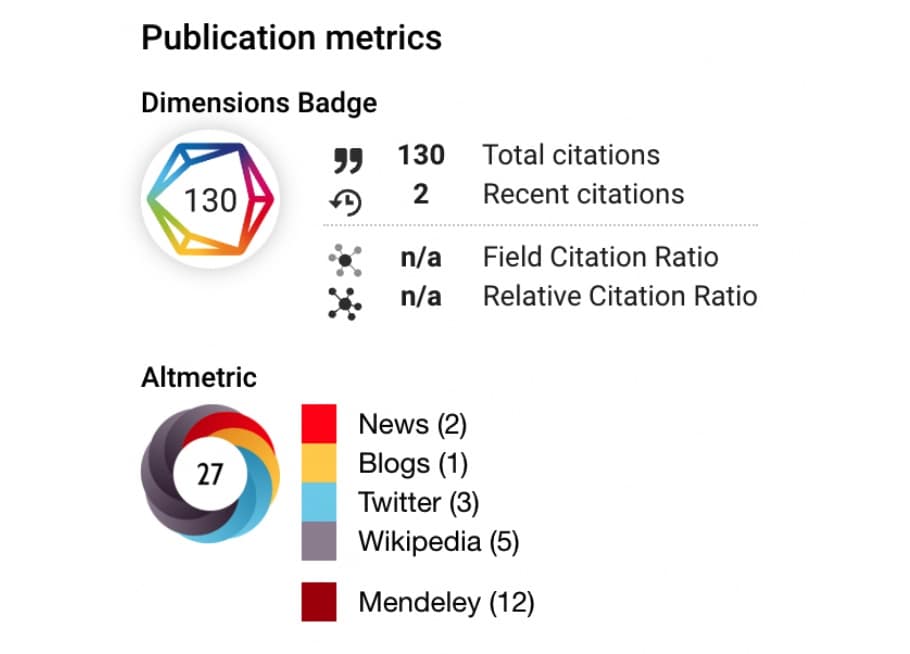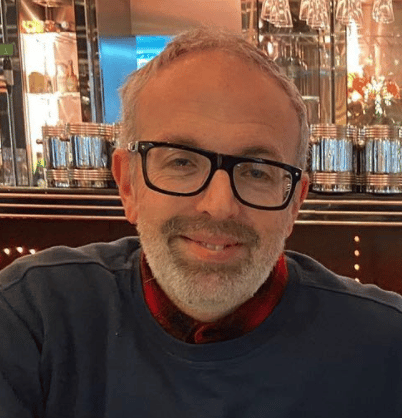
For many researchers, the data behind their work often only tells half the story. This is the case with Marie Maynard Daly, a trailblazer in so many different ways, and the subject in the first of our March series to celebrate Women’s History Month.
Left-wing historian Eric Hobsbawm once said that, “History is being invented in vast quantities.” Indeed, one need only look at the groaning History section in any good bookshop to realise there’s an almost infinite number of perspectives and realisations of every facet of human history. As we celebrate Women’s History Month in 2023, it is perhaps time we took the opportunity to utilise new technology in trying to understand more about those who led the way for women scientists of today.
In this series of blogs we look at three women and their research legacy to understand what they achieved – and continue to achieve – through their research, as well as fill in the gaps around their lives and the challenges they had to overcome. Later this month we will look at Rita Levi-Montalcini and Elsie Widdowson, but first we will turn our attention to perhaps the most important woman of colour in science in the 20th Century, Marie Maynard Daly.
Marie Daly was born in New York and attended a local college during the Second World War and then completed her Master’s degree in just a year. She then went on to record a staggering number of firsts for black woman scientists:
- Marie was the first African American woman to gain a PhD in chemistry in the US
- The first African American to be awarded a PhD from Columbia University
- She was one of the scientists who helped discover the link between cholesterol and clogged arteries
Early in her career, Dr Daly won a highly prestigious grant from the American Cancer Society that enabled her to work at the Rockefeller Institute of Medicine, which is where she met and started working with Alfred Mirsky. She went on to co-author a number of her articles with him, and was involved in research on the composition of the cell nucleus which was acknowledged by James Watson and Francis Crick in their 1962 Nobel Prize for Physiology or Medicine speech.
Understanding the influence of someone’s research from over half a century ago can be difficult. However, by using Dimensions and Altmetric we can get a sense of how research from the past lives on in research in the here and now.
According to Dimensions, Marie Daly authored at least 10 papers over her career, which have been cited over 500 times in total. Her most cited paper – ‘Synthesis of Protein in the Pancreas’ (1953) – has been cited 145 times, however none of these have appeared recently. If, however, we search Dimensions for mentions of Marie Daly, we see that there have been almost 100 articles about her garnering over 1,000 citations, with a large spike in 2021 – such as this article in 2021 recognising Dr Daly’s contribution.

Altmetric can allow us to look more broadly at the context and impact of her research. According to the Altmetric tool, her work still garners mentions across a range of online channels, from Twitter to blogs and Wikipedia pages. Like many trailblazers, it is only years later that we can appreciate the importance of their work, and understand their struggles – Alfred Mirsky, who Marie worked with for many years, published 90 articles with over 10,000 citations to date. How much more recognition could Marie and other pioneers have gained had they been working on a level playing field? At least their struggle to overcome inequalities can be appreciated now, and celebrated during events such as Women’s History Month.

About the Author
Simon Linacre, Head of Content, Brand & Press | Digital Science
Simon has 20 years’ experience in scholarly communications. He has lectured and published on the topics of bibliometrics, publication ethics and research impact, and has recently authored a book on predatory publishing. Simon is also a COPE Trustee and ALPSP tutor, and holds Masters degrees in Philosophy and International Business.
The post Marie Maynard Daly: A Woman of Firsts appeared first on Digital Science.
from Digital Science https://ift.tt/GaK9PzN
No comments:
Post a Comment